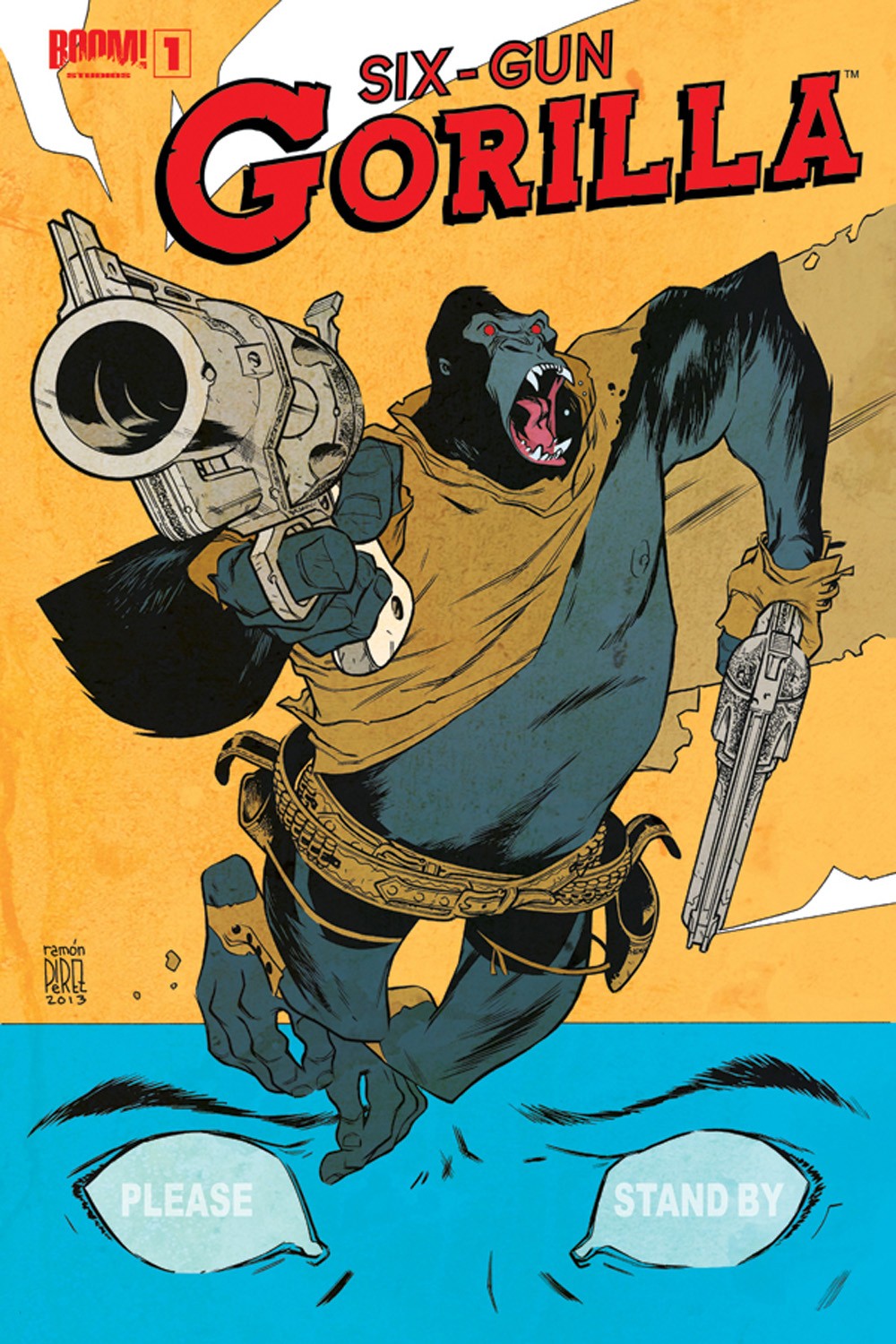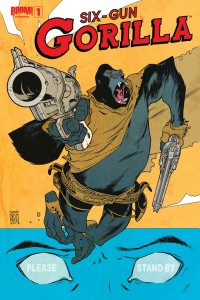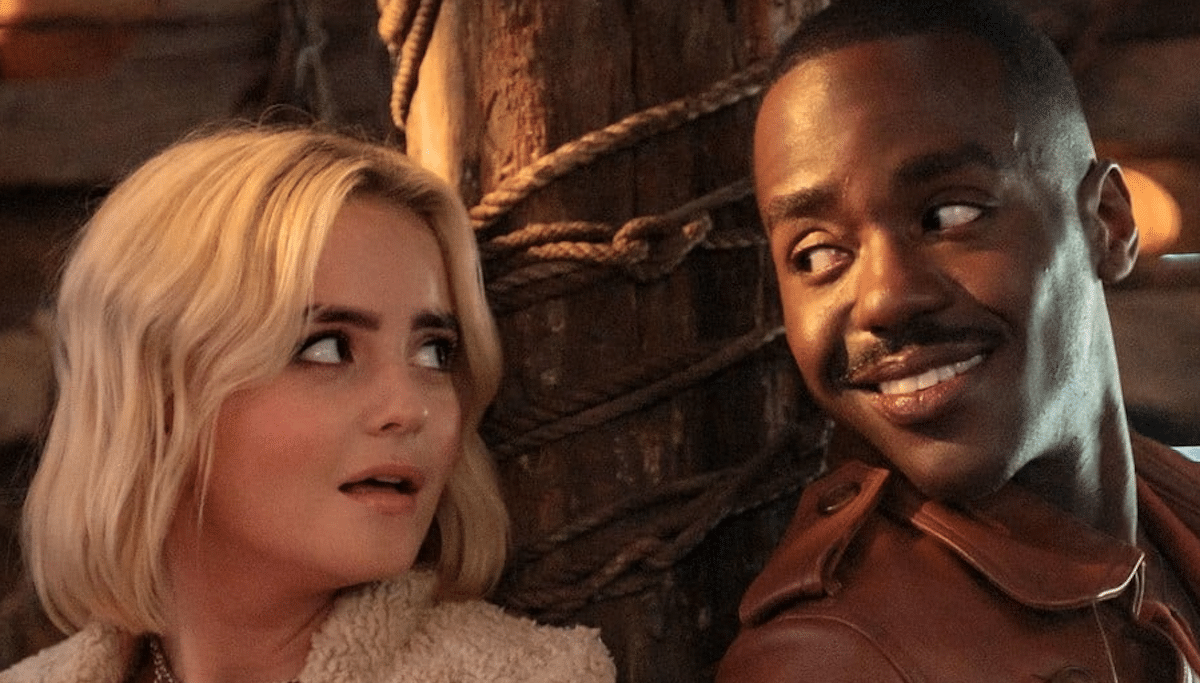Let’s start with that title, shall we?
Calling a story “Six-Gun Gorilla” is a bold and audacious decision, one that’s guaranteed to attract a specific kind of person and give many others pause. If you come to this book cold, you will very likely either somersault with glee or scratch your head and wonder, ‘huh?” And that’s fair.
But after you’re done scratching your head you should grab the book from the comic shop shelf and buy it, or snatch it from you friend’s desk and implore them to let you borrow it, or click on the button that takes a little bit of money out of your bank account and tells the mailman to bring you a copy.
No matter what you think it is, Simon Spurrier and Jeff Stokely’s Six-Gun Gorilla is more than that. It is a title that simultaneously obscures and illuminates, promising something very plainly while hiding something deeper, something emotional, something meaningful.
At this point, If you’re a culturally savvy purveyor of obscure fiction, you might start to feel smug. You might be thinking of a certain fifteen-part serial published in a British adventure magazine in the 1930s. You might believe that such knowledge gives you a leg up on what to expect, and better information on which to base your decision on whether to pick up or pass on this book.
You too, would be wrong. That’s not to say that such knowledge won’t be rewarded in reading Six-Gun Gorilla, it’s just belaboring the point: this book isn’t what you expect it to be. It’s so much better.
The story starts simply enough. Our hero is a librarian who lost everything: his job, his love, his home, his car. With nothing else to lose, he signs up for a suicide mission to the Blister, a strange frontier where electricity and combustion doesn’t work and the high noon sun will burn you alive. Figuring out why he’s there, and what he’s supposed to do is part of the fun.
It’s a big reason why Ramón Pérez’s cover for the miniseries’ first issue (which doubles as the cover for the collected edition) is just as perfect as that title: it tells you exactly what’s inside the tin, but hints at something more.
Yes, there is a giant talking gorilla with huge freaking revolvers in this book. But what’s up with that there glowing blue face? And why do I need to ‘stand by?’ That’s not very Six-Gun. That’s not very Gorilla.
I can’t wait for you to find out. For you to be treated to Jeff Stokely’s art, which breathes hot, vibrant life into this neo-Western fable. For you to puzzle over this world as pieces are doled out to you in a manner that is spare but never frustrating. For you to be surprised at the depth of emotion hiding in plain sight.
Consider this line a spoiler warning if you’re already intrigued enough to give this book a chance. You don’t have to read anymore. This is for those that need the extra push.
Six-Gun Gorilla is a comic that knows you might think it silly. On the other hand, if it wore its true ambitions on its sleeve, you might think it pretentious. To come out and say that it is a story about stories might be intriguing, but it also does it a disservice, as does the word “meta.” The former denotes a certain self-importance, the latter a smug cleverness. The book is neither.
It’s about fiction and memory, relationships and honesty, pain and loss, beginnings and endings, media and meaning.
It’s also about a big-ass, gunslinging gorilla.
Give it a read.
When you’re done, let’s talk about all the stories we know, and why we know them. Let’s speak of the world’s we’ve been to that don’t exist, and why we keep them on our shelves. Let’s count all the lies we love because they make us feel, and why we need them.









Comments are closed.